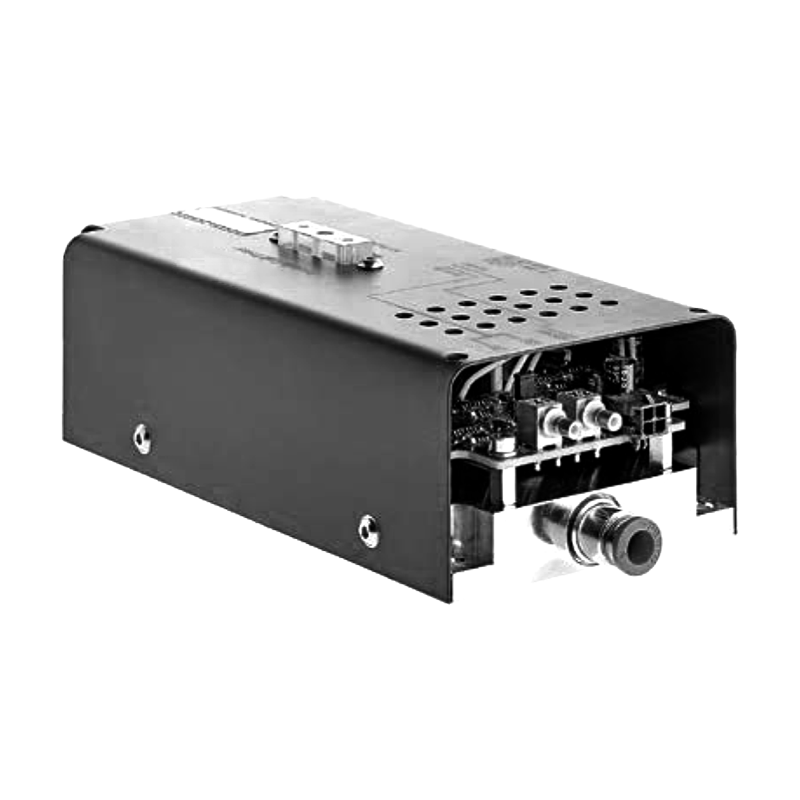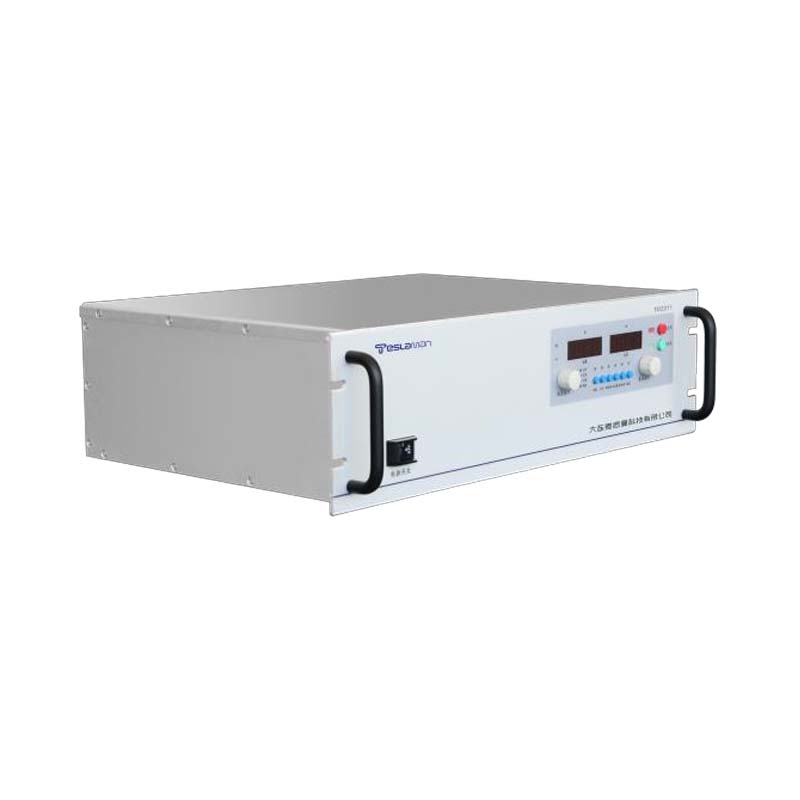Research on Beam Current Uniformity Control Technology of High Voltage Power Supply in Ion Beam Systems
1. Physical Foundation of Beam Uniformity
In ion beam systems, high-voltage power supplies achieve beam uniformity control by regulating ion acceleration electric field distribution. Compared to electron beams, ion beams have higher charge-to-mass ratios (e.g., Ar⁺, O⁻), leading to more complex space charge effects and neutralization mechanisms. At acceleration voltages of 100-500kV, ion velocities reach ~0.1c, requiring beam current densities of 10⁻⁶-10⁻³A/cm² to prevent space charge-induced divergence. Uniformity control essentially optimizes electric field gradient distribution to keep current density deviations within 5% across the beam spot.
2. Key Technical Parameters of High Voltage Power Supplies
Voltage Ripple Suppression: Peak-to-peak ripple below 0.05% is required. Three-stage LC filters combined with synchronous switching power supply modulation achieve microvolt-level ripple control.
Ion Source Matching Design: Adjustable extraction voltages (10-30kV) and pulse frequencies (1-100kHz) accommodate different ion species (metallic/gaseous ions).
Multi-electrode Coordinated Control: Dynamic coupling between grid power supplies (±500V) and acceleration power supplies enables linear beam current density regulation.
3. Dynamic Uniformity Control Strategies
Real-time Diagnostic System: Electrostatic probe arrays measure beam current density distribution, complemented by Thomson parabola spectrometers for ion energy dispersion analysis.
Adaptive Compensation Algorithms: Fuzzy PID-controlled power regulation systems rapidly restore uniformity during beam load variations.
Magnetic Confinement Optimization: Orthogonal configurations of solenoidal magnetic fields (0.1-0.5T) and electric fields suppress ion transverse diffusion.
4. Typical Application Challenges and Solutions
In semiconductor doping processes, beam current fluctuations and energy dispersion are critical issues. Experiments show that high-frequency pulsed power supplies (>200kHz) with dynamic ion neutralizers improve uniformity to ±2%. For large beam spot applications (>100mm), multi-zone independent power supply architectures combined with field-shaping electrodes achieve cross-region uniformity exceeding 95%.
Conclusion
As a core component of ion beam systems, high-voltage power supply beam uniformity directly impacts material modification efficiency and processing precision. With ion beam technology advancing towards high-energy density and large-scale processing, future power systems will focus on breakthroughs in ultra-wide dynamic response and multi-physics field coupling control, providing reliable support for semiconductor manufacturing, aerospace material processing, and other advanced applications.




















